Have you ever wished your travel was relaxing, scenic—and quick? Train journeys can give you all of that. These days, many trains are just as fast as planes for certain trips, and sometimes even more comfortable and stress-free. In this post, we’ll walk through the best train trips, explain why they match flying, and help you plan your next rail adventure. And yes—this is in straightforward, easy-to-follow language.
1. Why Train Journeys Can Be Faster than Flying
Most people think of planes when they want speed—but consider this: airports are usually far outside the city. You need time to get there, check in, go through security, wait for boarding, and then walk to arrive. With train journeys, you often:
- Start and end your trip in the city center
- Skip long security lines
- Board a comfortable seat within minutes
When you add city commute time, train journeys often match or beat flying for trips under 800–1,000 km. For example, traveling from Paris to Lyon on a TGV takes about 2 hours really—no taxi rides or luggage delays. And those big windows? They let you enjoy the countryside—something a plane window never offers.
2. Europe: The Home of Fast Train Journeys
Europe leads the world with high-speed trains. The popular lines include:
- TGV (France): Paris to Lyon in under 2 hours over 460 km – this beats the plane when you consider time to airport and back.
- Eurostar: London to Paris takes around 2h 20m from city center to city center, skipping airport time .
- Railjet (Austria–Hungary): Vienna to Budapest in just under 2.5 hours—with large seats, table trays, and quiet rides.
On each of these train journeys, you’ll see beautiful views and enjoy easy travel. Many travelers say they actually work or relax comfortably—something that’s hard on a plane.

3. Asia’s Fast Train Lines: Shinkansen & CRH
Asia features some of the world’s fastest and cleanest train journeys:
- Shinkansen (Japan): The bullet train from Tokyo to Osaka takes just over 2.5 hours, traveling at 300 km/h. It leaves from busy city stations—no airport waits .
- China High-Speed Rail (CRH): Beijing to Shanghai is a 1,300 km journey done in under 5 hours. Again, train stations are in the heart of the city .
- THSR (Taiwan): Taipei to Kaohsiung takes just 90 minutes—slick, smooth, and spot-on time.
These train journeys run like clockwork, with comfortable seats, easy luggage, no turbulence, and scenic routes—making them a great choice for both business travelers and explorers alike.
4. North America: Brightline and Scenic Routes
North America has fewer high-speed rails, but some standouts show how great train journeys can be:
- Brightline (Florida): Connects Miami to West Palm Beach in about 75 minutes. Modern trains, free Wi-Fi, and cafe cars make the trip comfortable.
- Rocky Mountaineer (Canada): A luxury train from Vancouver into the Canadian Rockies. Not fast, but breathtakingly scenic.
- Amtrak Cascades (Pacific Northwest): Traveling from Seattle to Vancouver, the train features large windows and gentle routes.
While not as fast as planes, these train journeys offer comfort, scenery, and stress-free travel compared to long airport waits.
5. Luxury Rail: Where Train Journeys Become Experiences
Some train journeys focus less on speed and more on experience:
- Simplon‑Orient‑Express (Europe): A timeless, glittering ride with fine dining, velvet seats, and elegant cabins .
- Belmond Hiram Bingham (Peru): A luxurious journey from Cusco to Machu Picchu through Andean landscapes .
- Rovos Rail (South Africa): A classic cargo-train style route across South African terrain, combining luxury with story.
These aren’t fast train journeys—they’re slow, grand, and focused on living in the moment.
6. Sustainability: Train Journeys are Eco-Friendly
One huge advantage of traveling by rail is that train journeys are much kinder to the planet. According to the European Environment Agency, high-speed trains emit up to 80% less CO₂ per passenger than short flights. To be precise, a 500 km trip by train sends out about 7 kg of CO₂, while the same journey by plane could send out over 140 kg. If you’re eco-conscious, train travel is a meaningful choice.
7. Smart Tips for Comfortable Train Journeys
Make the most of your trip with a few easy tips:
- Book early: You’ll get the cheapest seats and the best views.
- Pick the right class: Business or first class offers extra perks—like lounge access, better food, and larger seats.
- Pack thoughtfully: Bring a neck pillow, a book, headphones, snacks, and chargers.
- Try night trains: Sleper trains help you save a night’s accommodation and arrive rested.
- Use passes: A Eurail or Japan Rail Pass might save lots of money if you’re traveling in several countries .
These tips will help make your train journeys smooth, relaxed, and more enjoyable.

8. Real Travelers Love Train Journeys
Here are some real stories to bring it home:
- “On the TGV from Paris to Lyon, I had breakfast and one look out the window—but skipped the virtual airport spree!”
- “Taking the Shinkansen felt like first-class travel—but landed in the center of Osaka with no delays or luggage wait.”
- “On the Orient-Express, I didn’t just travel—I discovered why travel is about beauty, comfort, and pace.”
These train journeys highlights show how rail travel can be more fulfilling than air travel, especially when you want less stress and more joy.
9. When Flying Still Makes Sense
Let’s be fair: sometimes a plane is better:
- If you’re traveling over 1,500 km with limited train options.
- To small islands or remote regions with no rail access.
- When flights are heavily discounted—though factor in luggage fees and travel time.
But for city-pair travel under 800–1,200 km, train journeys often win on both time and comfort.
Have you taken a fast train instead of a plane and loved it? Maybe you’ll next take Eurostar, Shinkansen, or the TGV. What would you like to try? Share your favorite routes or tips below—you never know who you might inspire to hop on the next train. If this changed how you think about travel, follow us on social media for more ideas on smart, scenic, stress-free journeys.
Catch up on the top stories and travel deals by subscribing to our newsletter!

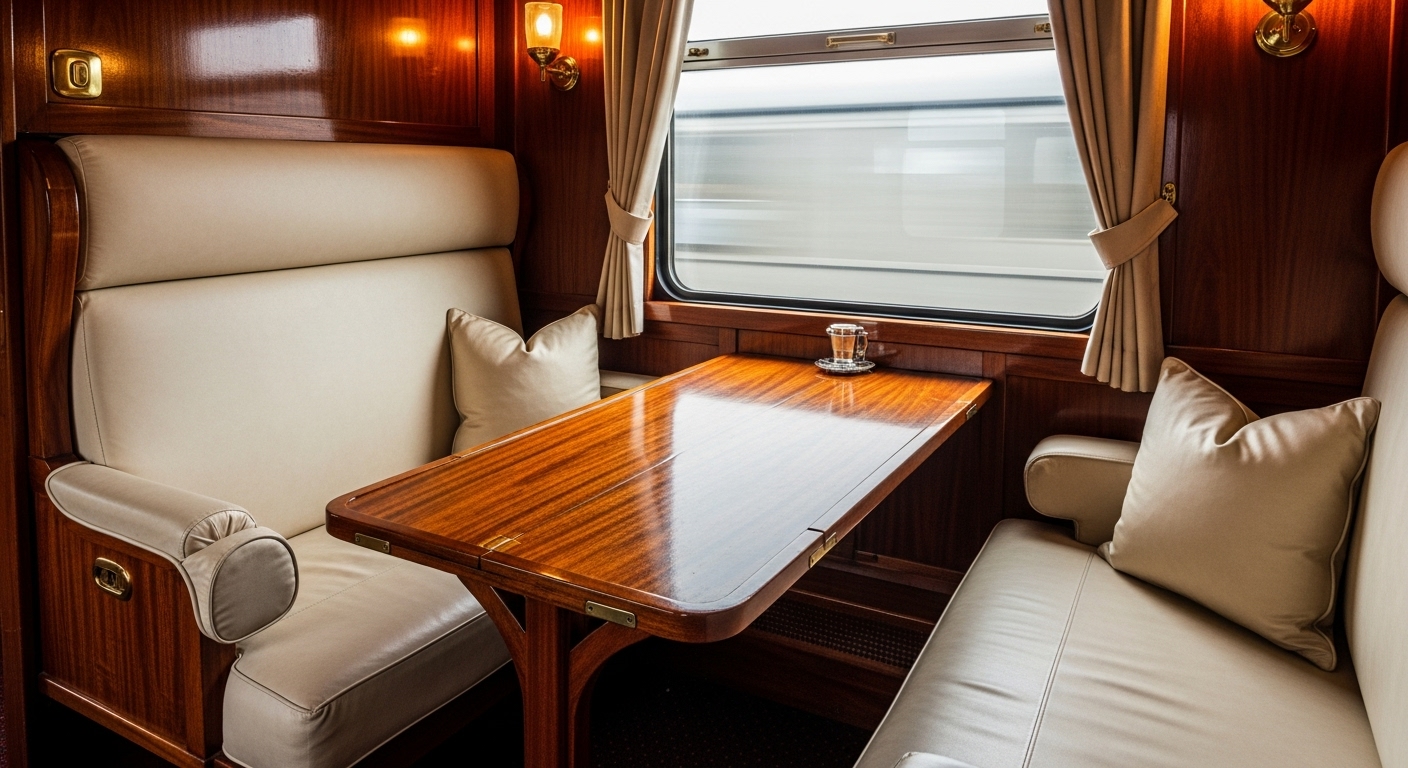

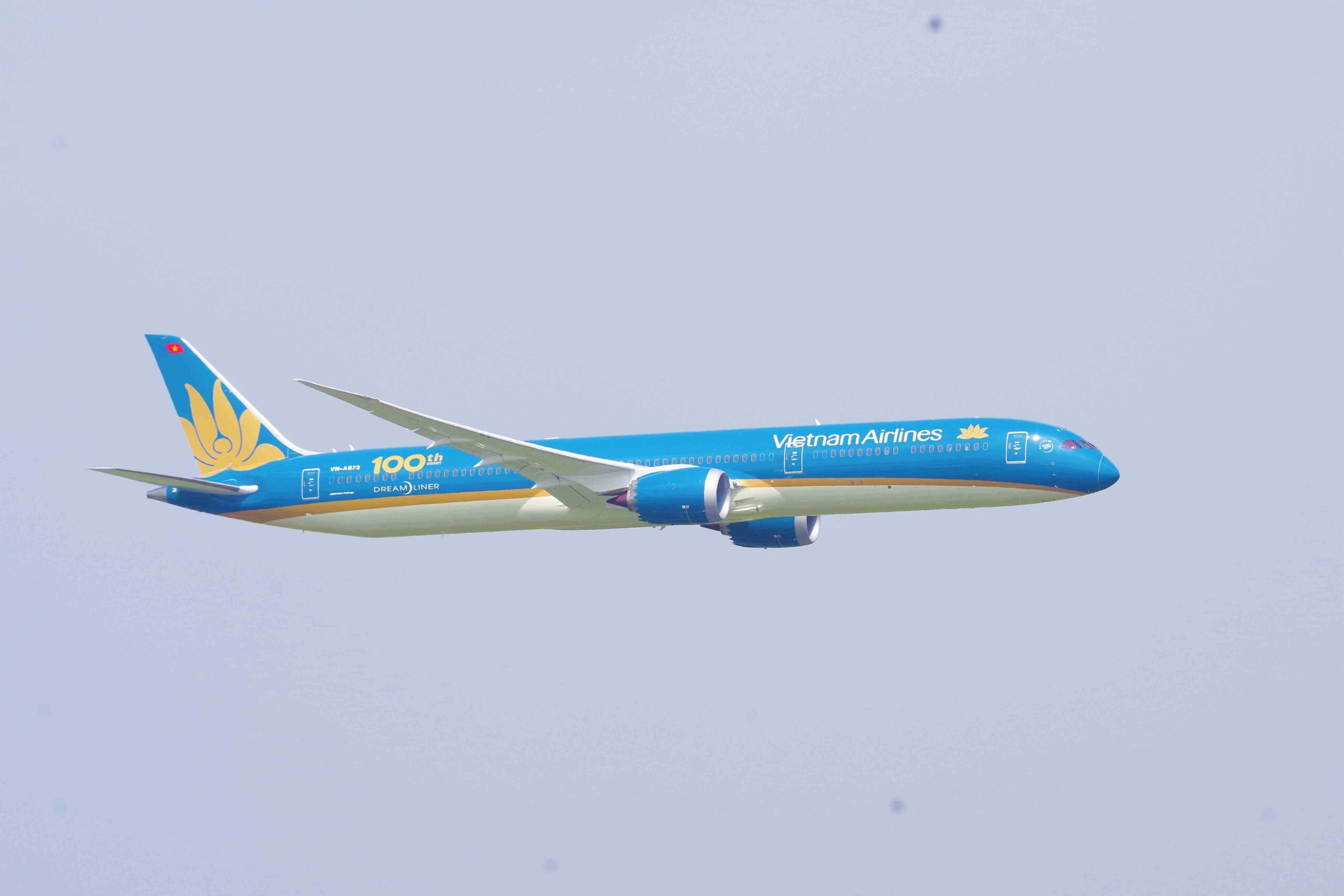
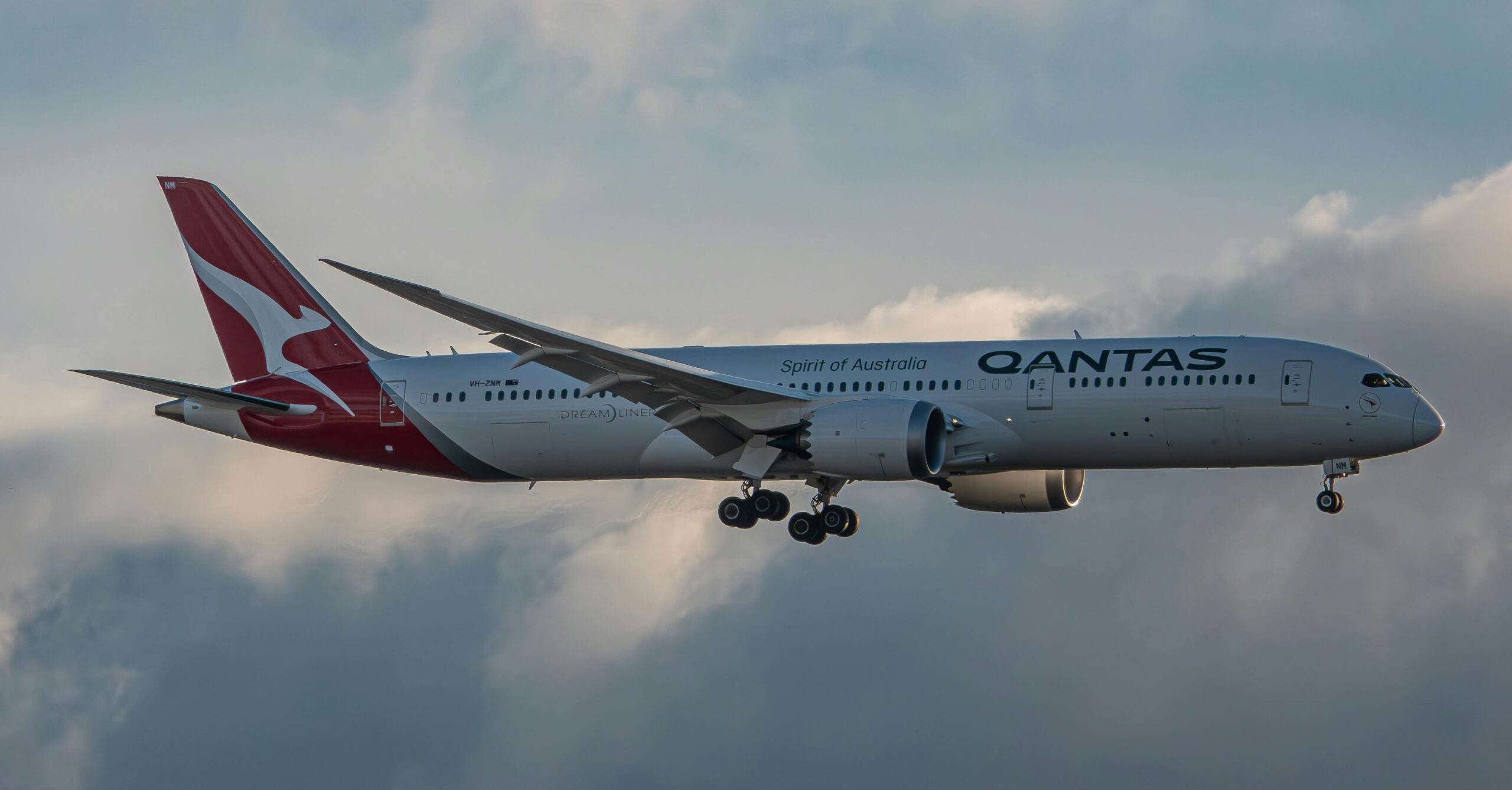
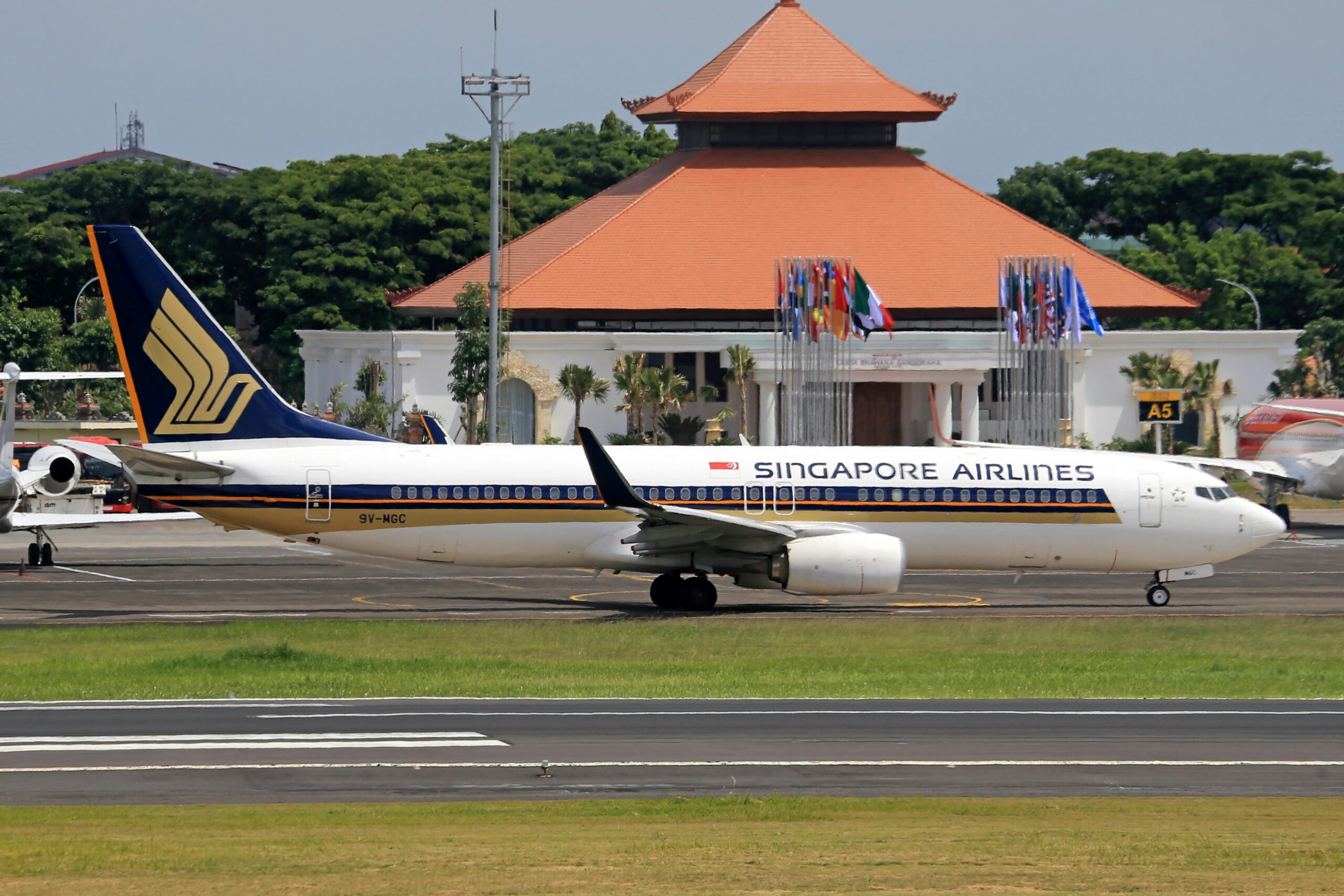
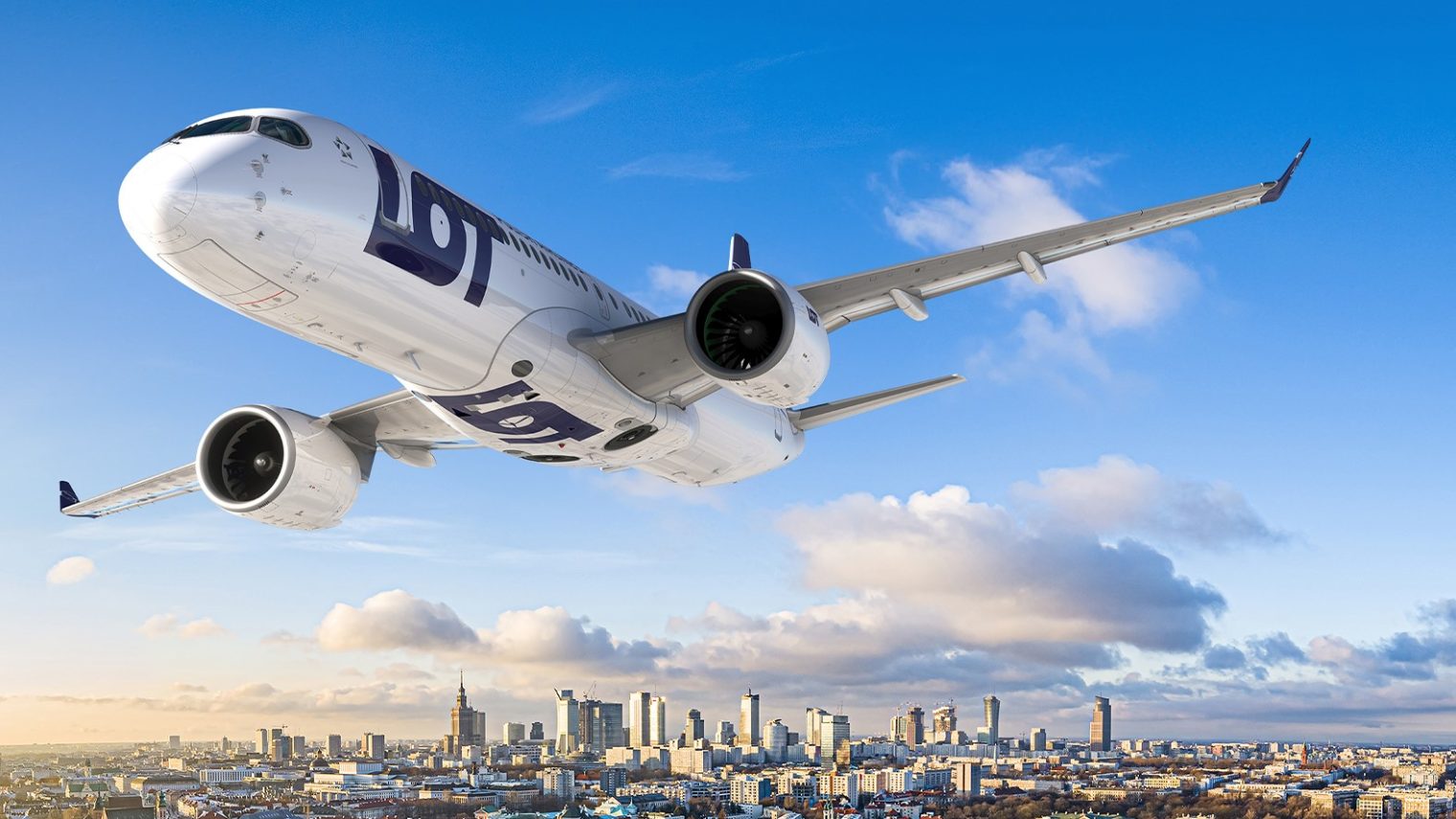
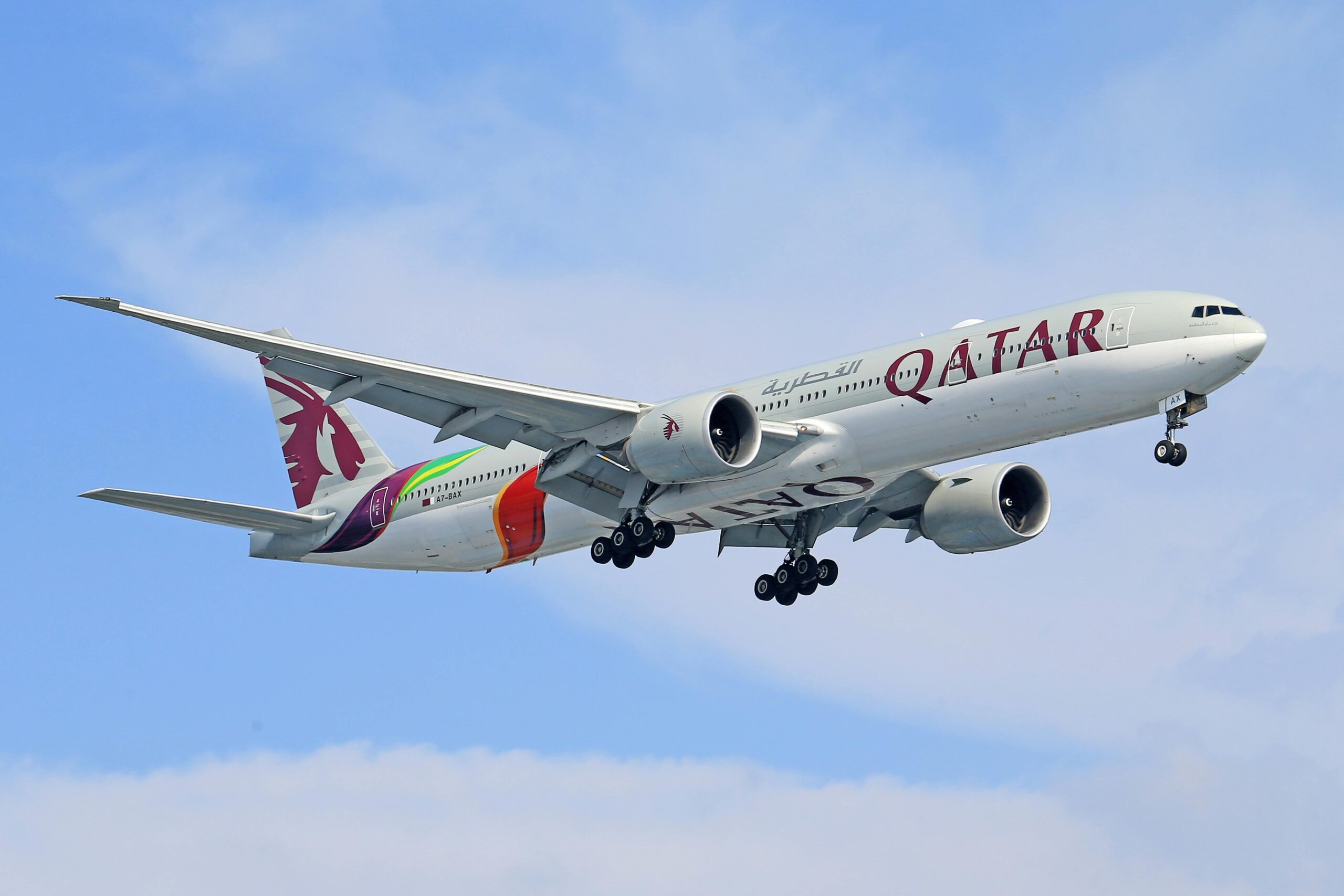

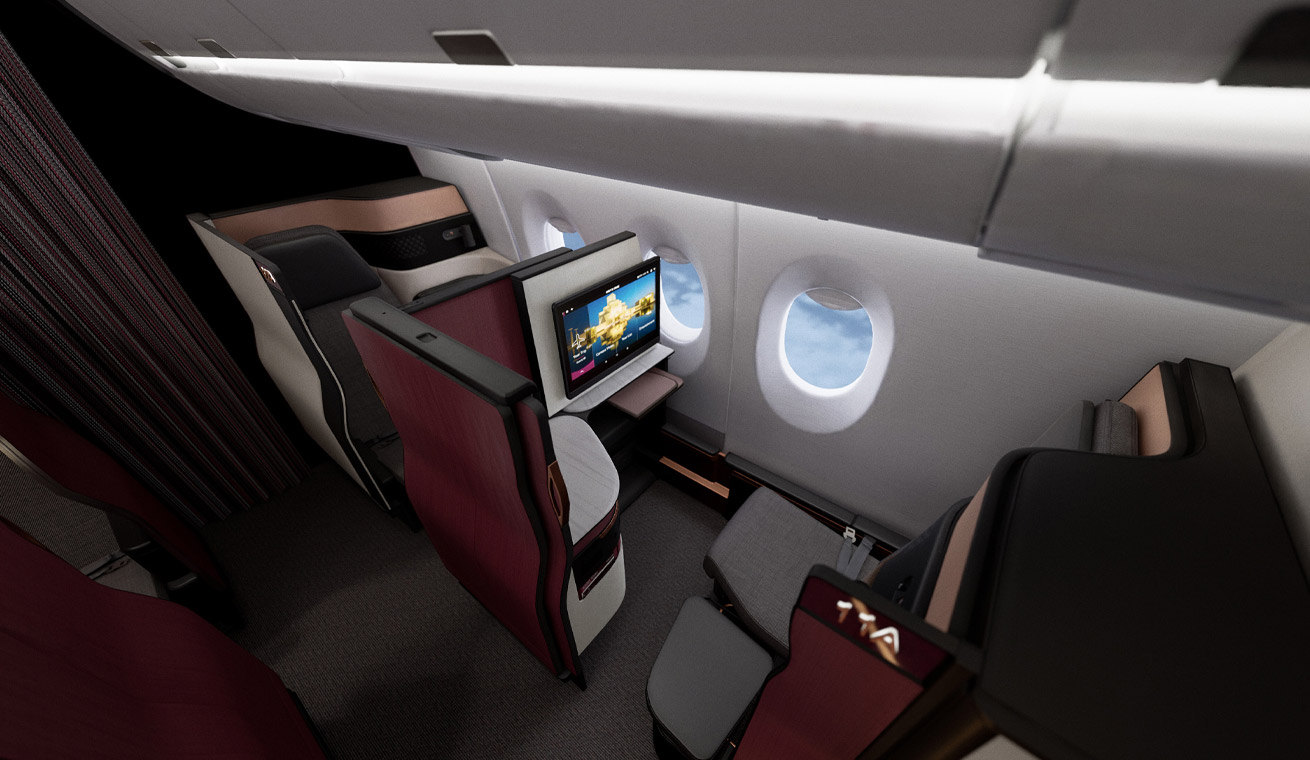
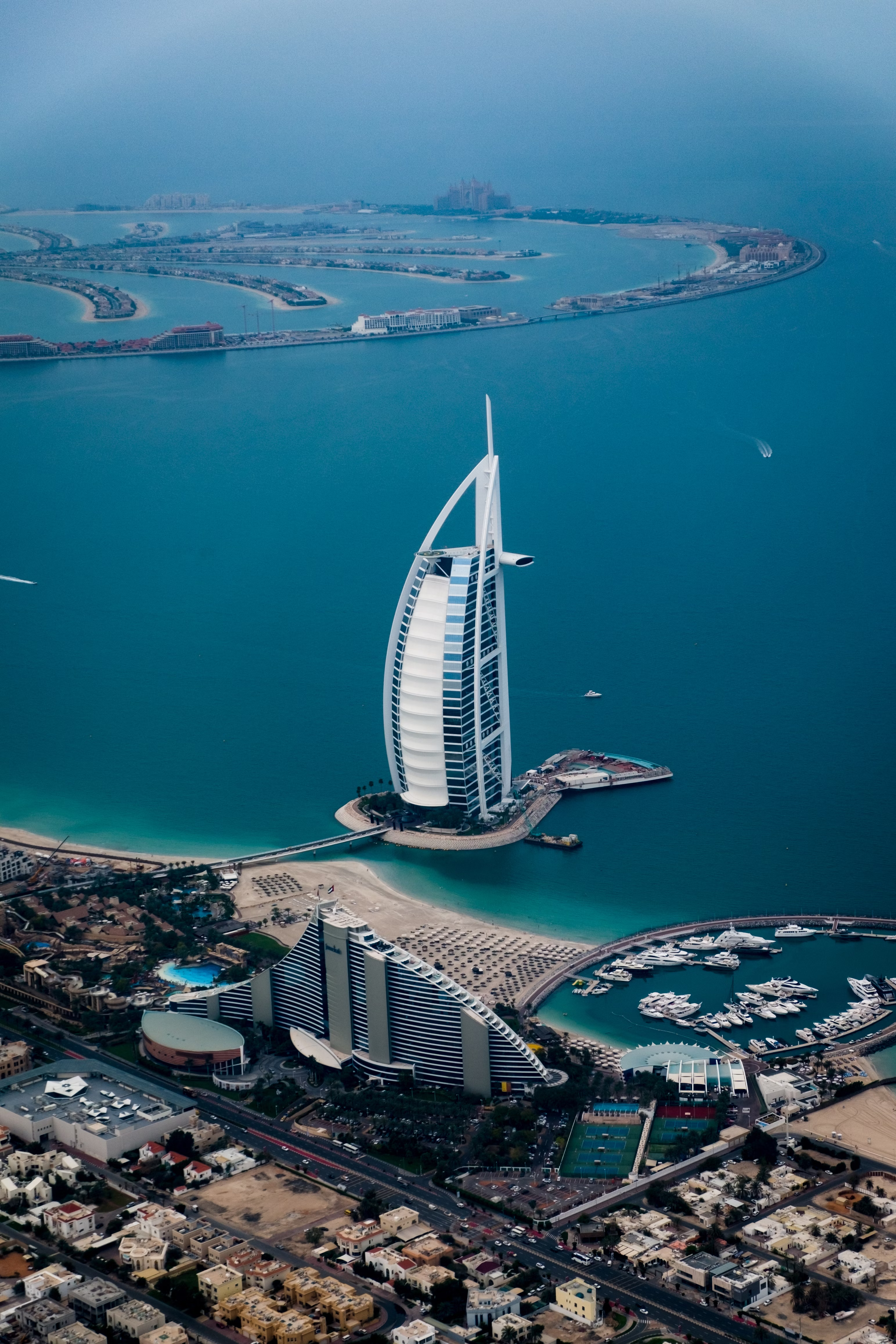
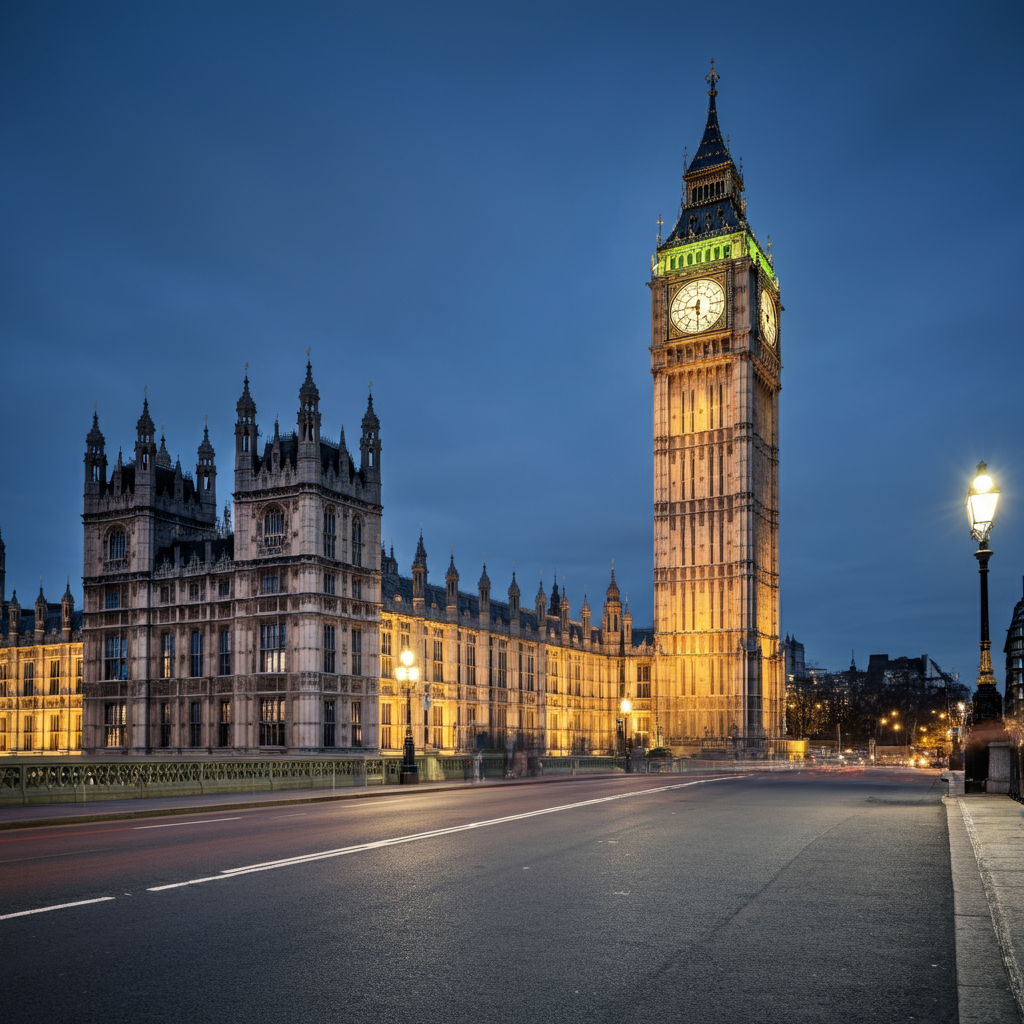
Leave a Reply